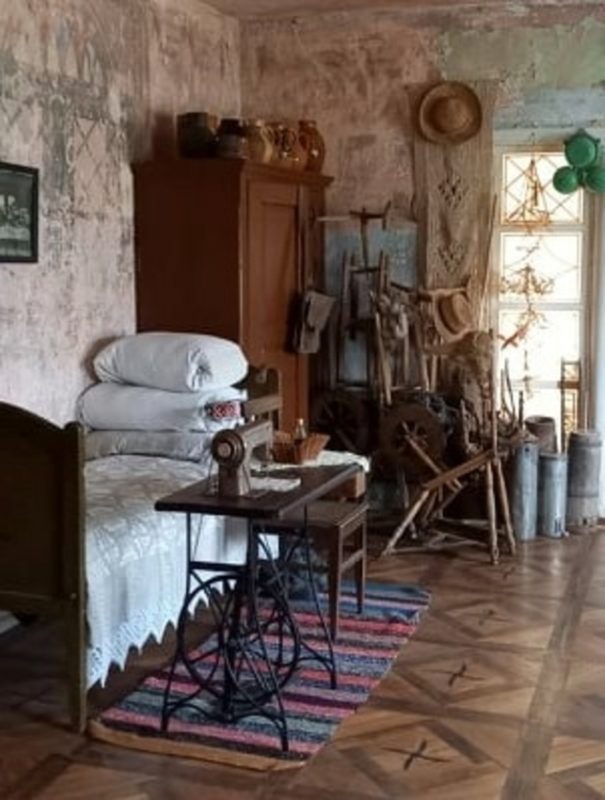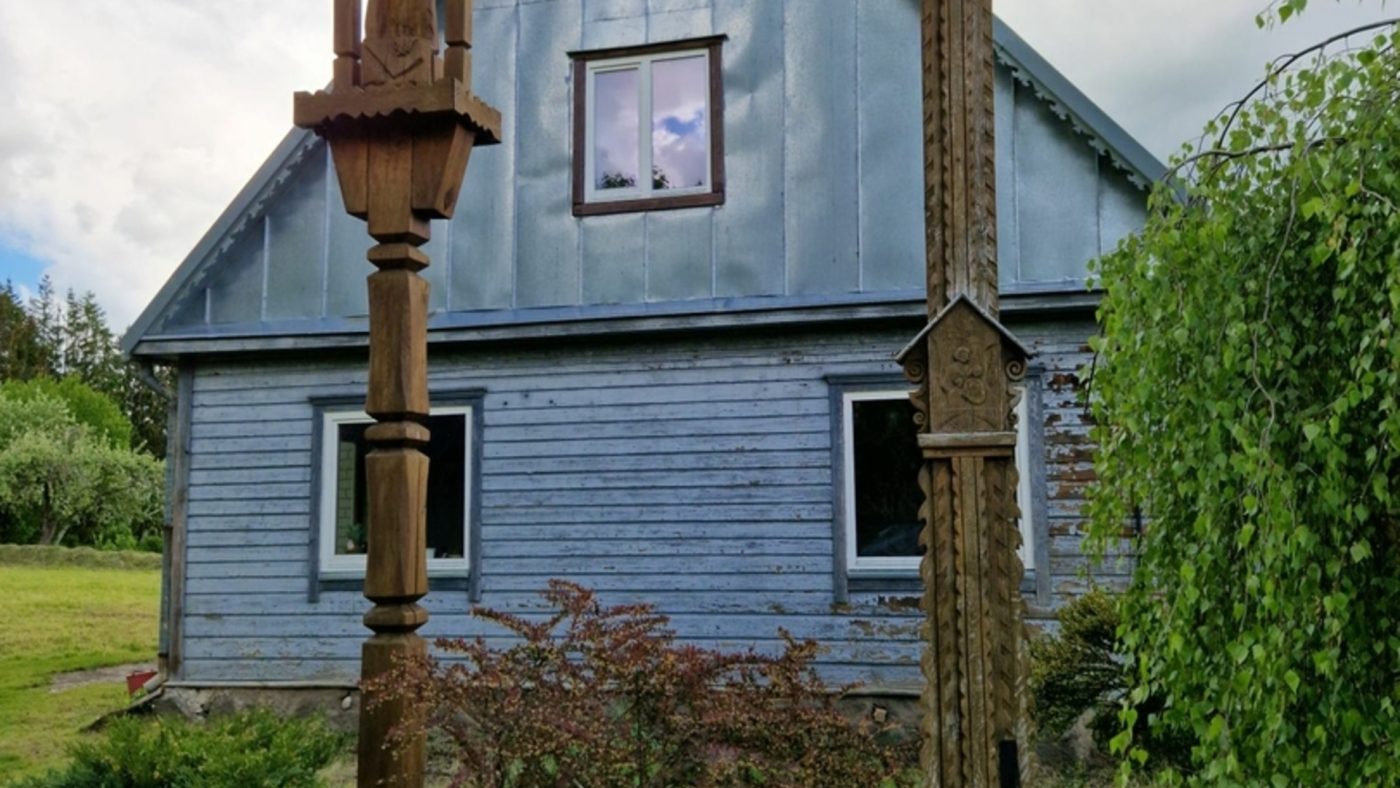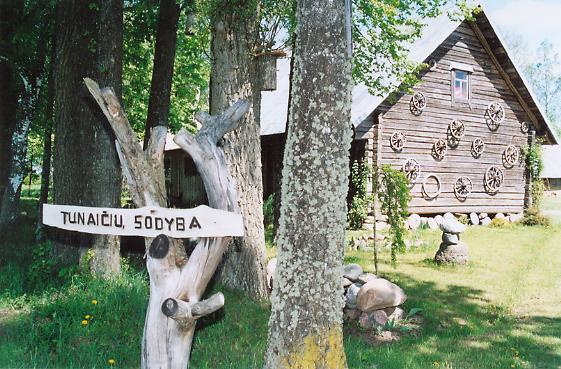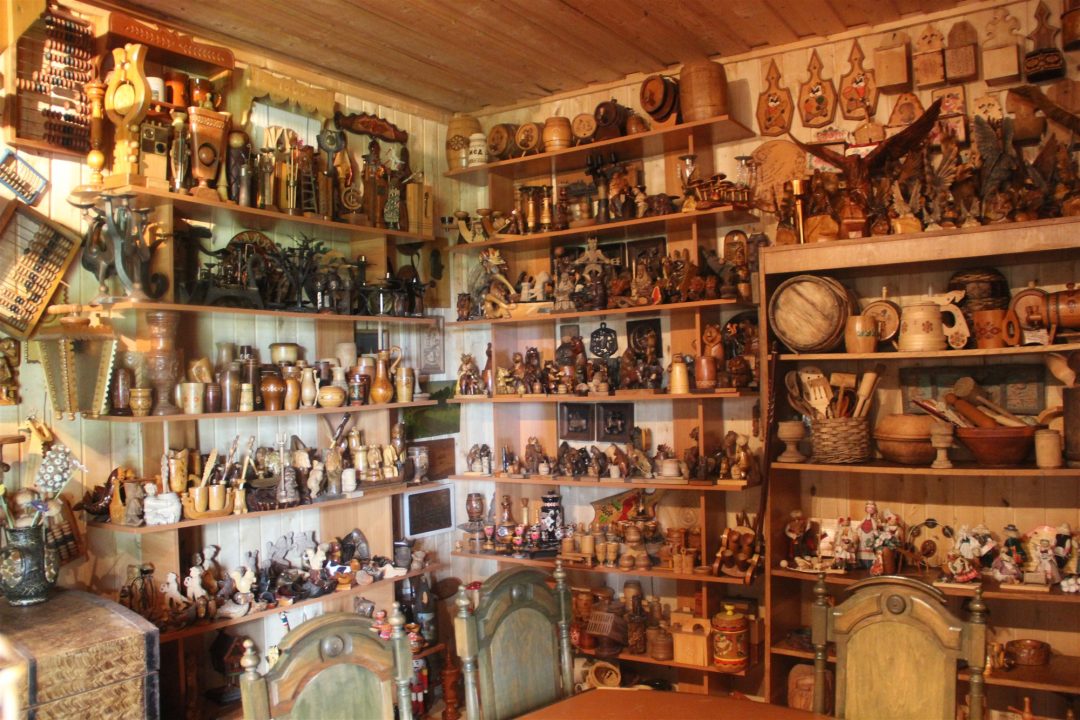Juodonys Hillfort

152

0

0
Pečianyko Hillfort is a remarkable archaeological site located at the edge of a marshy valley. Its rectangular platform, rampart, and steep slopes tell a story dating back to the late 1st millennium BCE and early 2nd millennium CE. The hillfort boasts a rich cultural layer: excavations have uncovered corded pottery, iron tools, bronze ornaments, and animal bones. In its eastern section lie World War I graves, while the foothill contains remains of a settlement from the 4th to 13th centuries. This site draws history enthusiasts and researchers eager to explore the region's past and Lithuania’s unique archaeology.
Info
Whats new?
Nearby attractions
Nearest museums

 Entertainment
Entertainment
 Sightseeing
Sightseeing
 Food establishments
Food establishments





























 55.740883, 25.440171
55.740883, 25.440171
 Get directions
Get directions








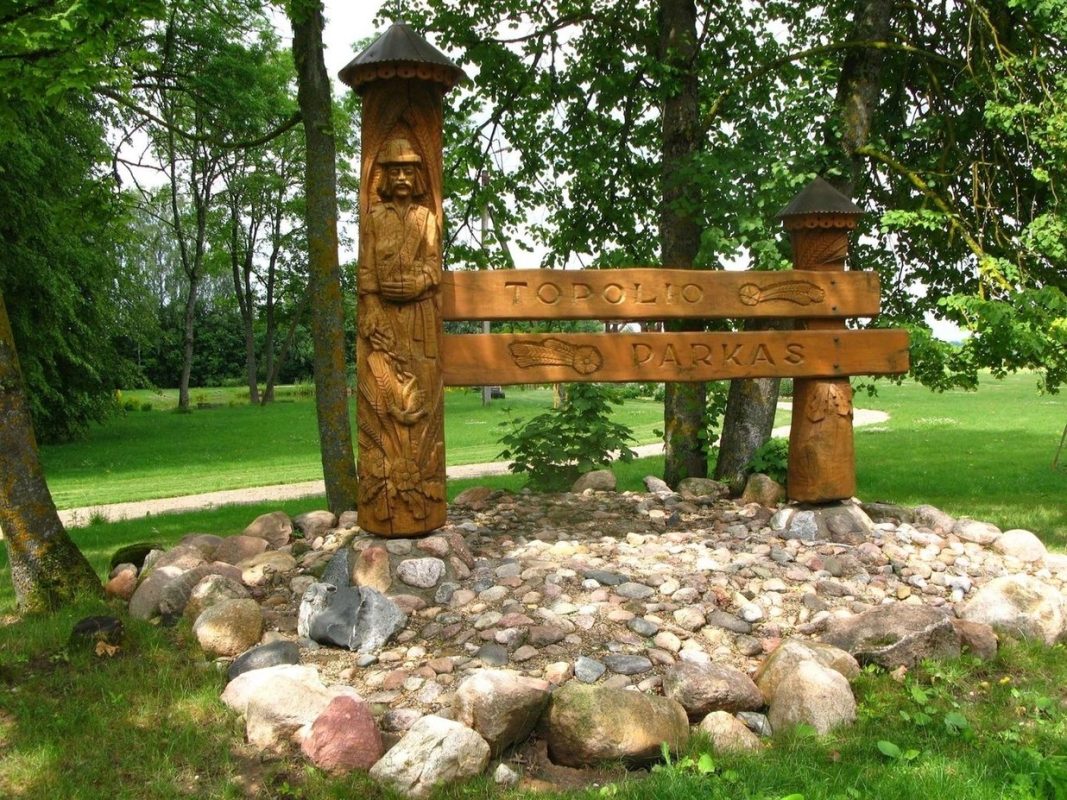
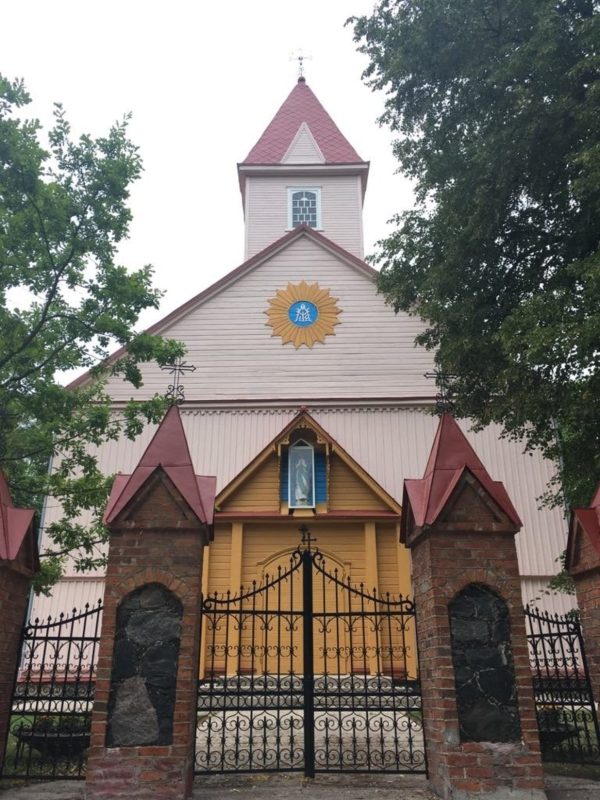

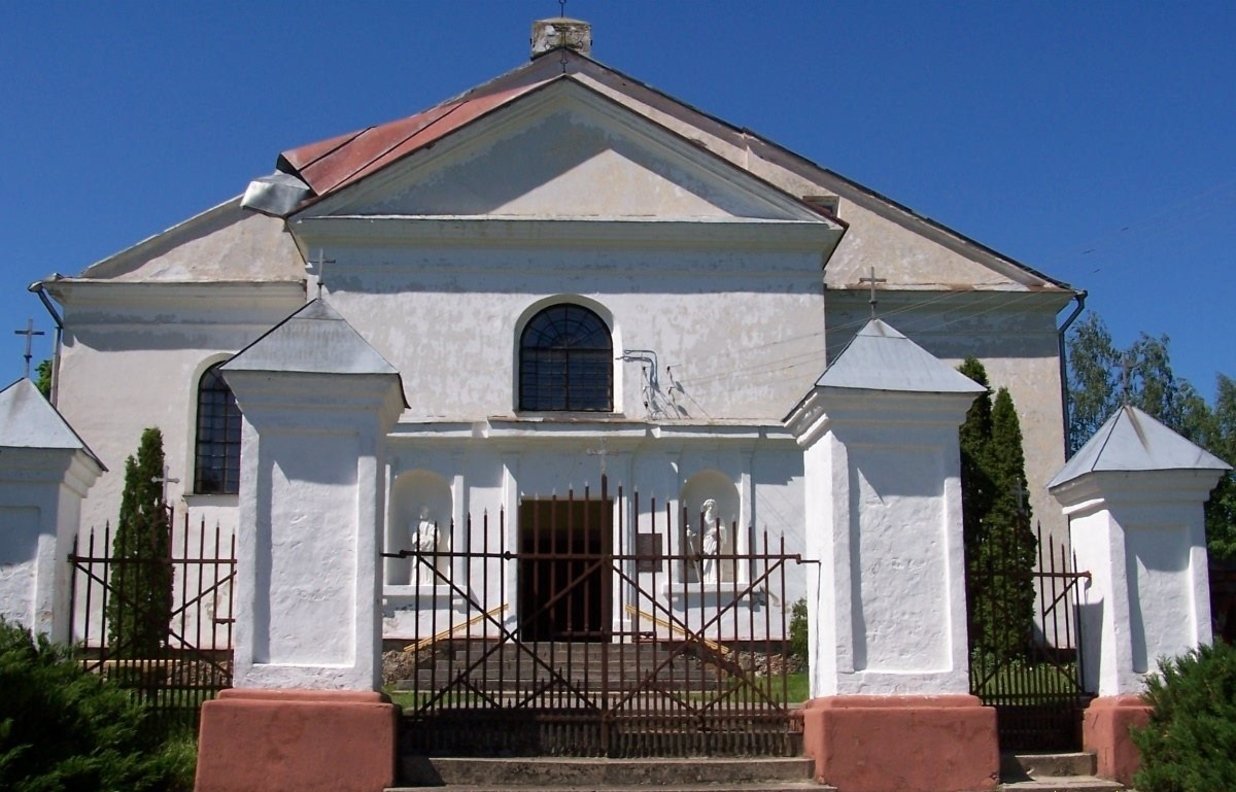

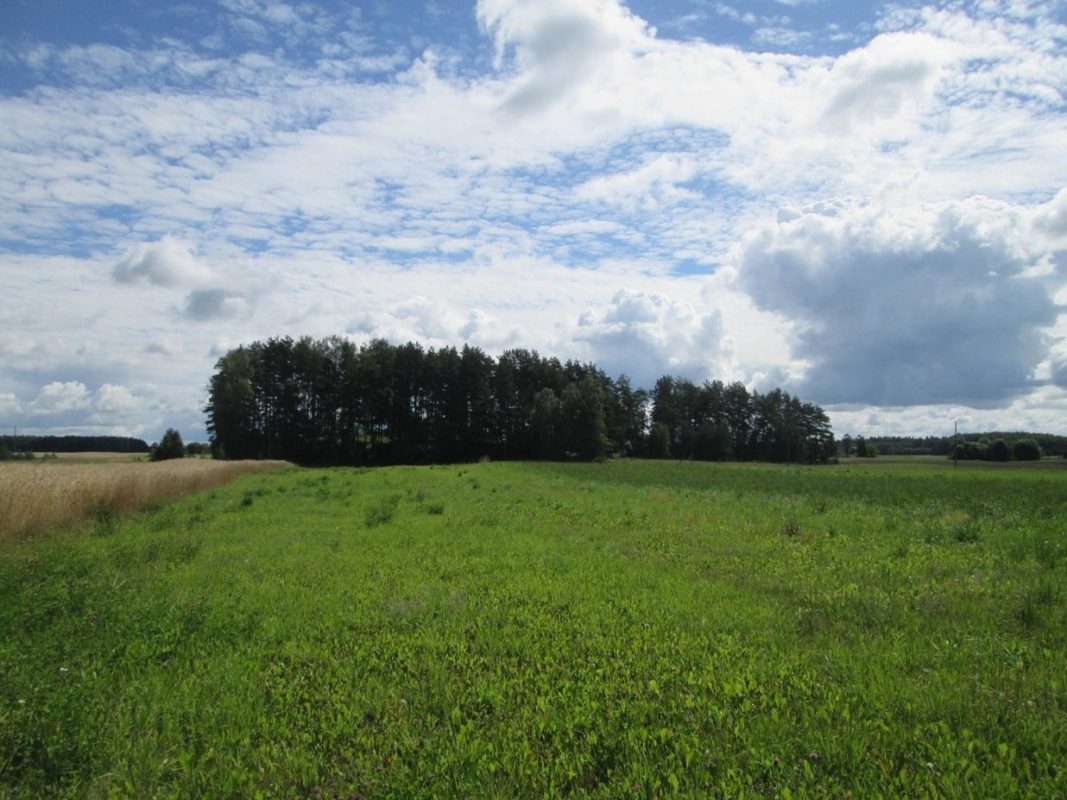
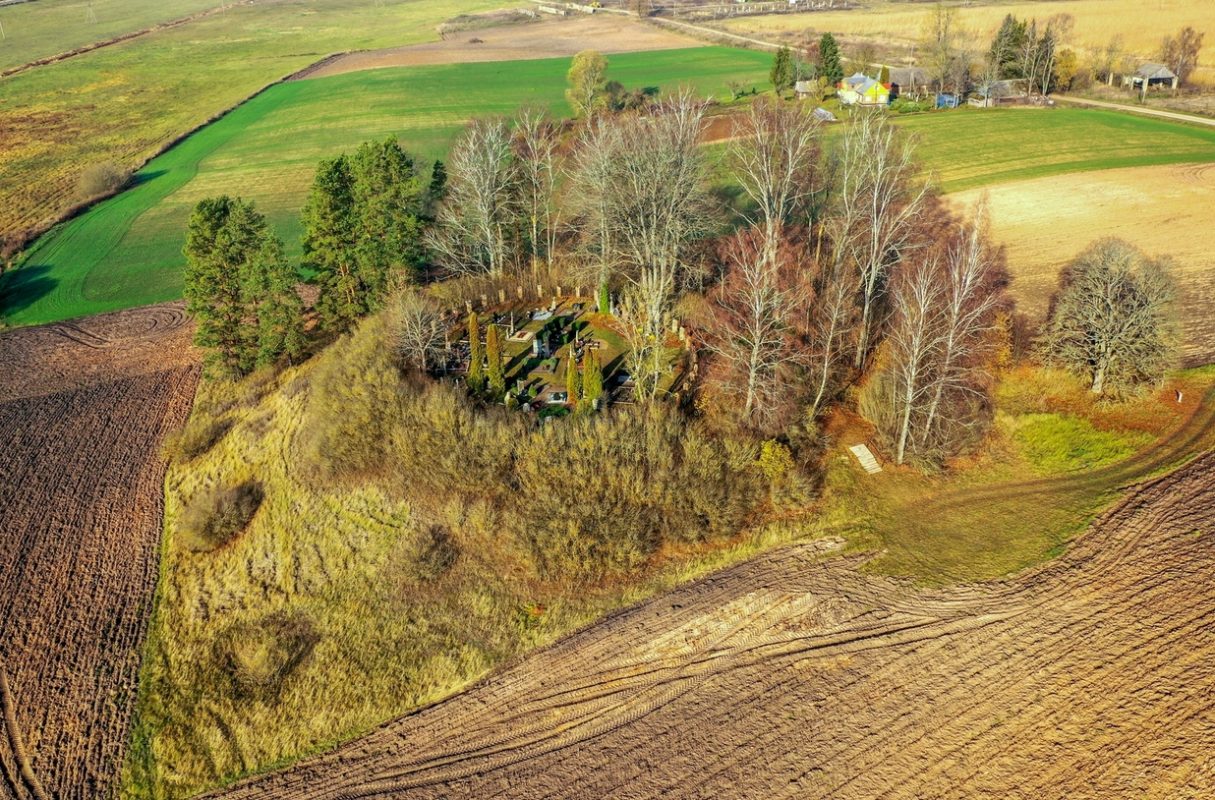
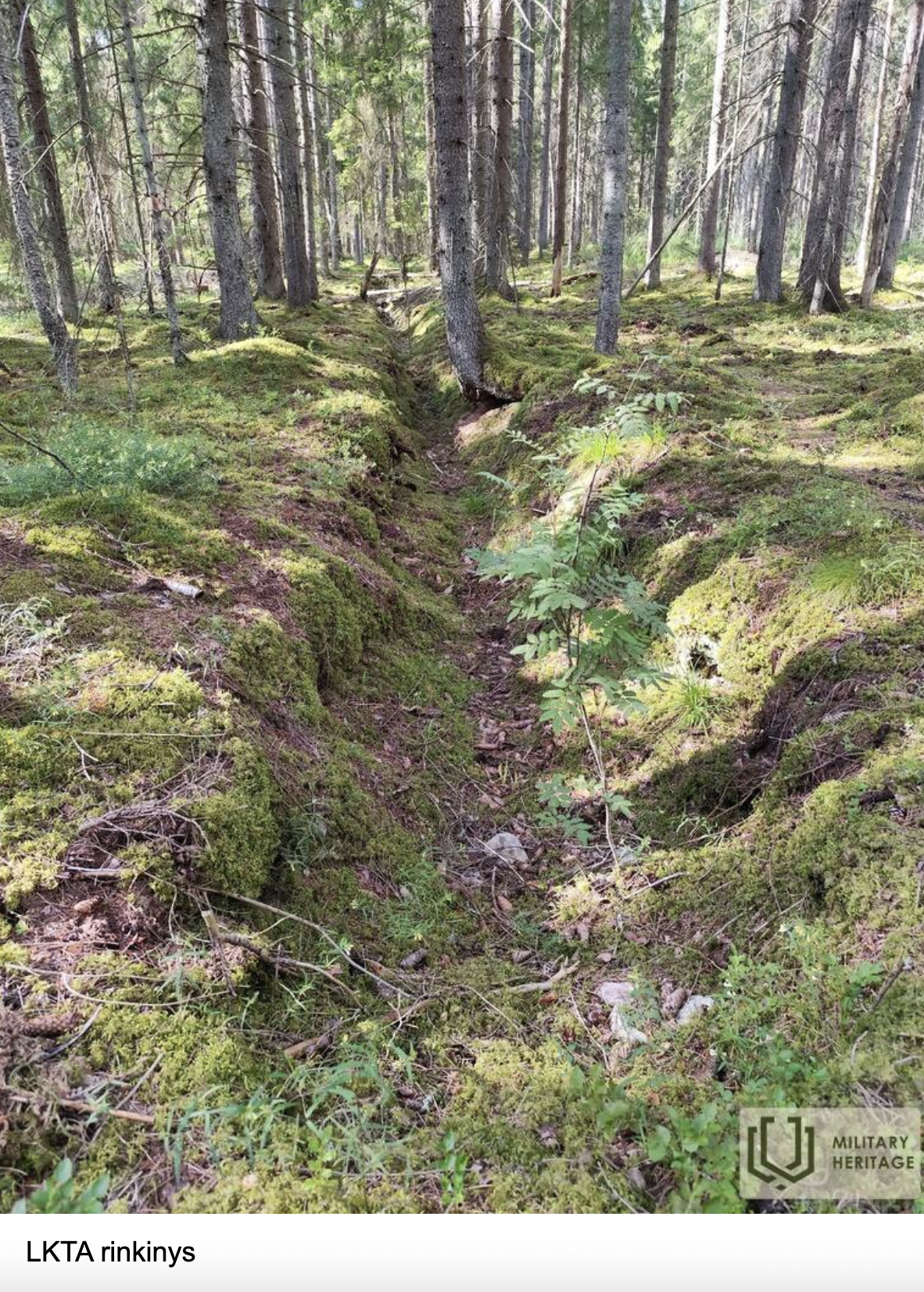
.jpg)
